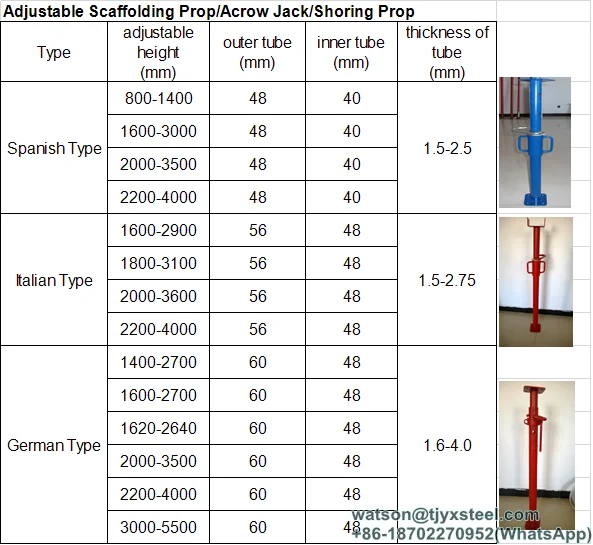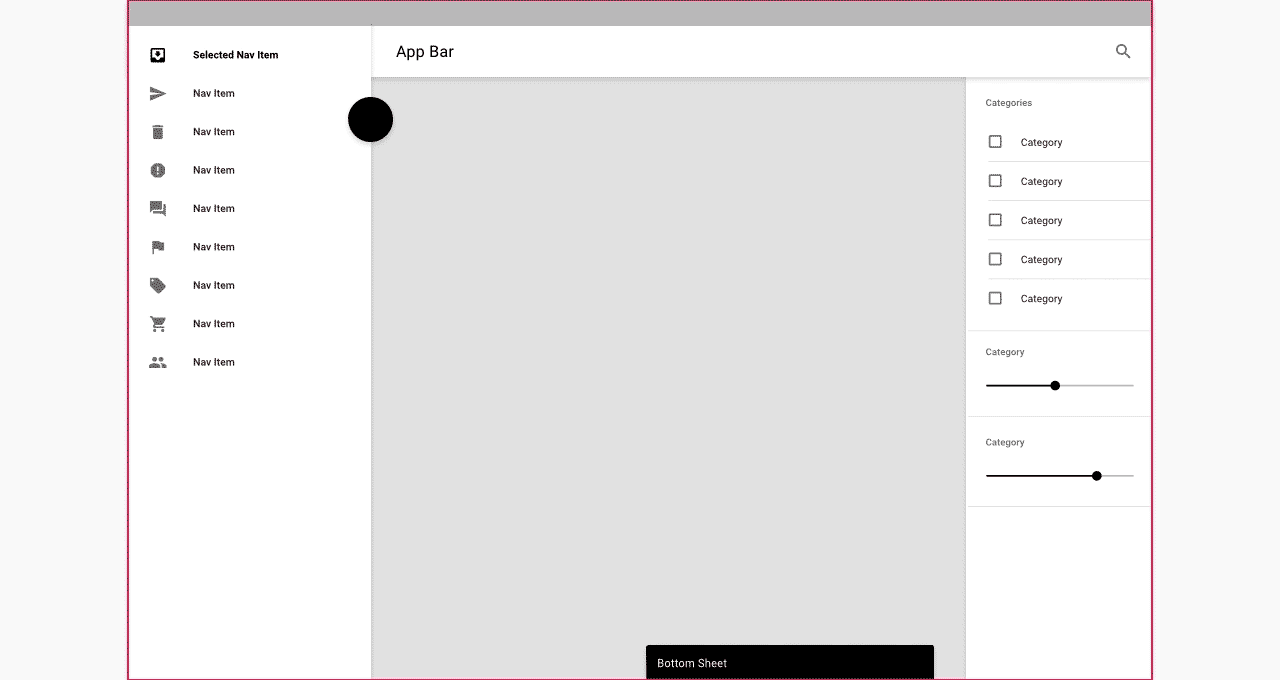
The contents of the app are simply rearranged to fit the screen size. A responsive application dynamically changes the layout of its interface based on the available screen size, but maintains the laid-out design. It is important to note that adaptive design should not be confused with responsive design. For example, an adaptive application renders different interfaces on mobile and desktop views using the same codebase.


What to consider when building an adaptive app.
FLUTTER SCAFFOLD SIZE HOW TO
You’ll learn how to build a basic ecommerce application that adapts to a given device’s size without having to rebuild the app as the screen size changes. This article will demonstrate how to create an adaptive app with Flutter. This is a feature you have to account for during your development process. In most cases, these devices come in different sizes, and despite Flutter’s cross-platform capabilities, you cannot guarantee that the interface of your application would, by default, render as expected across these devices.
FLUTTER SCAFFOLD SIZE WINDOWS
Creating an adaptive app with Flutterįlutter has been widely adopted because of its flexibility to build applications to run on your Android, iOS, macOS, and Windows machines with one codebase. When he's not talking to his laptop, you'll find him hopping on road trips and sharing moments with his friends, or watching shows on Netflix. He has a knack for slapping his keyboards till something works. Rather, it would beīetter to add a listener to the TabController that updates theĪssignment TabController(vsync: tickerProvider, length: tabCount).addListener(() )Ĭreates a visual scaffold for Material Design widgets.Damilare Jolayemi Follow Damilare is an enthusiastic problem-solver who enjoys building whatever works on the computer. View a scaffold with a differently titled AppBar. Tabbed UI, where the bottomNavigationBar is a TabBarĪnd the body is a TabBarView, you might be tempted to make each tab bar It is typically not necessary to nest Scaffolds. Material's basic visual layout structure. To each route on a Material app will provide the app with The Scaffold is designed to be a top level container forĪ MaterialApp. Widget can be used within the scaffold's body to avoid areas

The scaffold's body is not inset by this padding valueĪlthough an appBar or bottomNavigationBar will typicallyĬause the body to avoid the padding. Not be completely visible, like the display "notch" on the iPhone The MediaQueryData.padding value defines areas that might Widget will be scrolled into view if it's within a scrollable By default the scaffold's body is resized to make Widget's MediaQueryData.viewInsets changes and the Scaffold willīe rebuilt.

The device's keyboard appears the Scaffold's ancestor MediaQuery Means that it will occupy its entire window or device screen. The scaffold will expand to fill the available space.
FLUTTER SCAFFOLD SIZE CODE
To create a local project with this code sample, run:įlutter create -sample=material.Scaffold.3 mysample Scaffold layout, the keyboard, and display "notches"


 0 kommentar(er)
0 kommentar(er)
